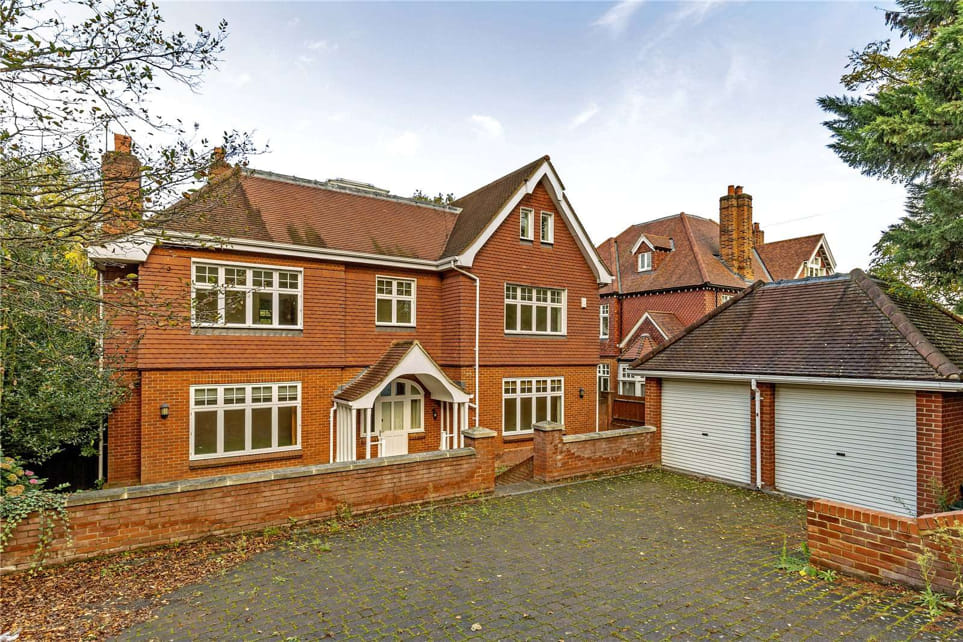Navigating Kingston Vale Planning Permission: A Comprehensive Guide to Building Dreams
Kingston Vale, nestled in the verdant landscapes of southwest London, exudes a charm that captivates both residents and visitors alike. With its serene atmosphere and proximity to Richmond Park, it’s no wonder that many aspire to call this picturesque locale home. However, turning dreams into reality often requires navigating the labyrinth of planning permission regulations. In this comprehensive guide, we delve into the intricacies of obtaining planning permission in Kingston Vale, empowering you to embark on your construction journey with confidence.
Understanding Planning Permission: Before breaking ground on any project, it’s crucial to grasp the concept of planning permission. In essence, planning permission is the formal consent required from local authorities before commencing construction, alteration, or demolition of a building. It ensures that proposed developments adhere to zoning regulations, safeguarding the integrity of the area’s infrastructure, environment, and aesthetics.
The Regulatory Landscape in Kingston Vale: Kingston Vale falls under the jurisdiction of the Royal Borough of Kingston upon Thames, which maintains stringent guidelines to preserve the area’s unique character. The Local Plan, a blueprint for development, outlines key policies governing land use, conservation, and urban design within the borough. Additionally, national legislation, such as the Town and Country Planning Act 1990, serves as a framework for decision-making, emphasizing sustainable development and community engagement.
Types of Planning Permission: In Kingston Vale, there are various types of planning permission tailored to different projects and circumstances:
- Full Planning Permission: Required for most major developments, including new buildings, significant alterations, and changes in land use.
- Outline Planning Permission: Provides initial approval for the principle of development, with specific details to be submitted later.
- Listed Building Consent: Mandatory for alterations to listed buildings or structures of historical significance, preserving their architectural heritage.
- Permitted Development Rights: Certain minor works may be exempt from formal planning permission, subject to specific criteria outlined in legislation.
Navigating the Application Process: Obtaining planning permission can be a complex and time-consuming process, but meticulous preparation and adherence to regulations are key to success. Here’s a step-by-step overview of the typical application process:
- Pre-Application Consultation: Engage with the local planning authority to discuss your proposal, seek advice, and address any concerns.
- Submission of Application: Prepare a comprehensive application dossier, including architectural drawings, impact assessments, and supporting documents, and submit it online or via mail to the planning department.
- Public Consultation: The application undergoes a period of public consultation, allowing stakeholders and community members to voice their opinions and concerns.
- Assessment and Decision: The planning authority evaluates the proposal against relevant policies and considerations, weighing its benefits against potential drawbacks. A decision is then rendered within a specified timeframe, typically 8 to 13 weeks for standard applications.
- Appeals Process: In the event of a refusal, applicants have the right to appeal the decision through an independent review process, known as the planning appeals process.
Challenges and Considerations: While navigating the planning permission process, applicants may encounter various challenges and considerations, including:
- Environmental Impact: Projects must demonstrate compliance with environmental standards, mitigating potential harm to wildlife, air quality, and green spaces.
- Heritage Preservation: Developments near listed buildings or conservation areas must respect their historical context and architectural integrity.
- Community Engagement: Engage with local residents and stakeholders to address concerns, foster dialogue, and build consensus.
- Infrastructure and Amenities: Consider the impact of new developments on transportation, utilities, schools, healthcare, and other essential services.
Embarking on a construction project in Kingston Vale is a journey fraught with challenges, but with careful planning, perseverance, and a thorough understanding of planning permission regulations, your dreams of building in this idyllic corner of London can become a reality. By navigating the intricacies of the application process and embracing community engagement, you can contribute to the sustainable growth and preservation of Kingston Vale’s natural beauty and cultural heritage for generations to come.



Comments are closed